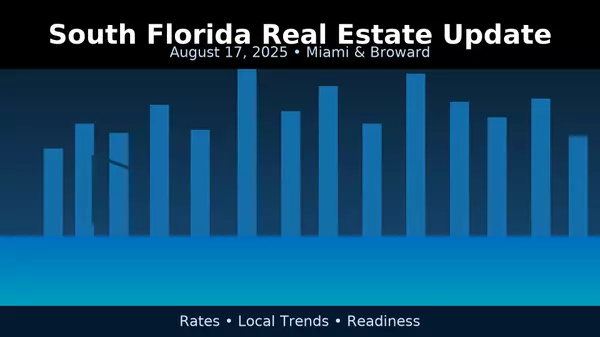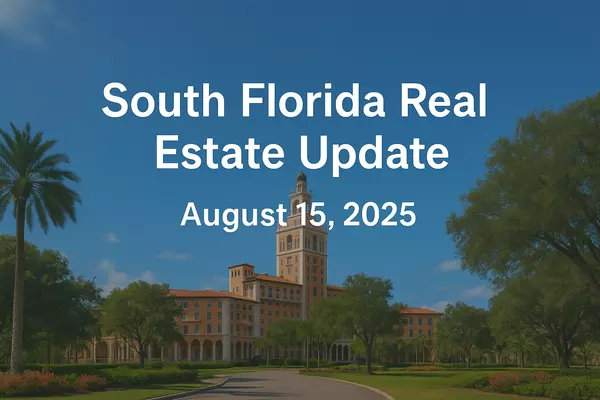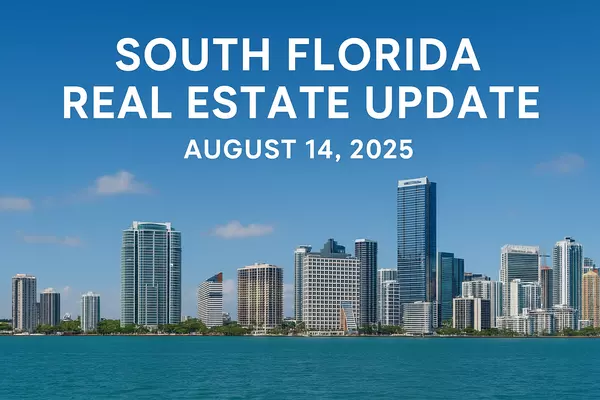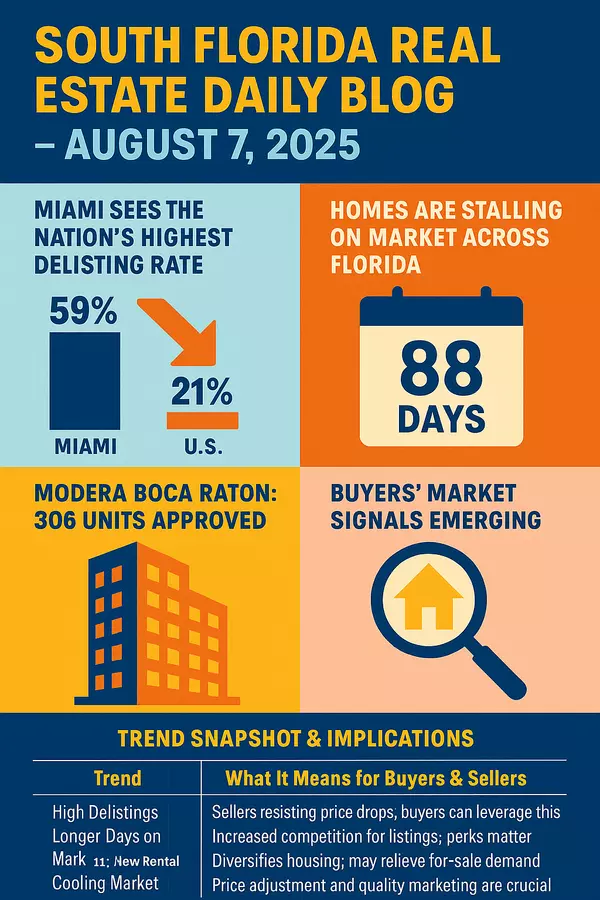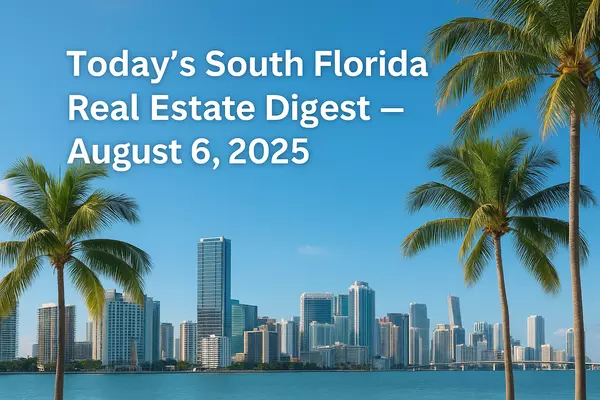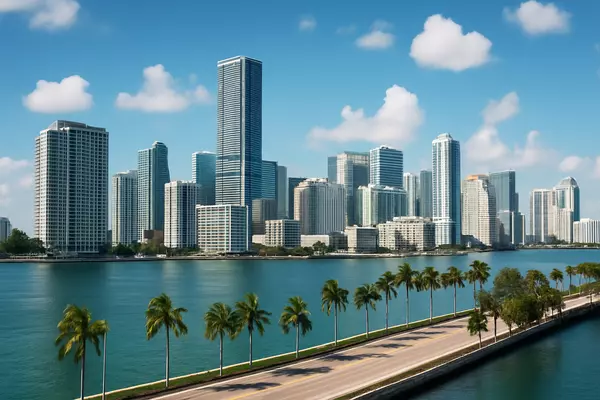"Miami's Indirect Role in the Revolutionary War: A Subtle Yet Significant Influence"
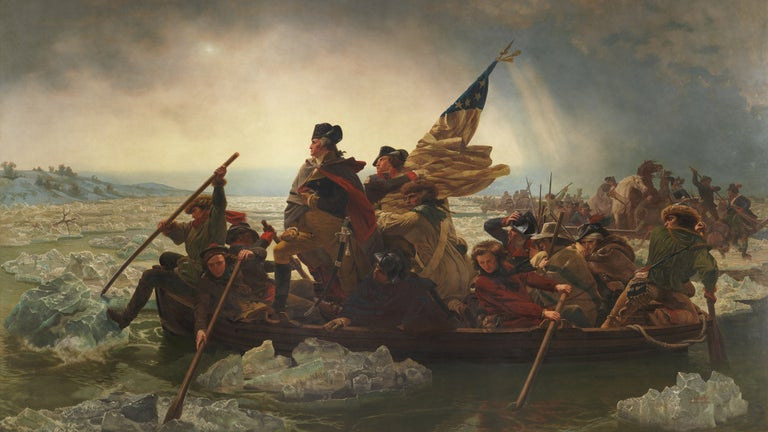
Situated at the strategic southernmost point of Florida, Miami may not have been the central hub of activity during the Revolutionary War; nonetheless, its strategic geographical position held considerable significance. During this tumultuous period, Spain, a powerful global empire, maintained control over Florida, including the area that is now Miami.
In 1779, as the Revolutionary War raged, Spain declared war on Great Britain. Although Spain's involvement was primarily due to global strategic interests and ongoing rivalries, their participation in the war was indirectly supportive of the American cause. Spain, an ally of France, was essentially another formidable enemy for Britain, distracting and dividing their military resources.
While Miami did not host any significant battles, it played a critical role as a staging and recovery area for the Spanish military. Spanish forces organized and launched their campaigns against the British from the Florida territory. These military actions, while not directly influencing the war's outcome, certainly added to the pressures on British forces in the Southeast.
The Revolutionary War concluded with the Treaty of Paris in 1783. As part of the peace negotiations, Spain retained control over Florida. This Spanish period left an enduring mark on the region. The Spanish influence during this time is still discernible in Miami's culture, visible in everything from language and cuisine to festivals and architecture.
One area where this Spanish legacy is notably evident is Miami's real estate sector. Miami's architectural landscape is infused with Spanish influences, contributing to its distinctiveness and appeal. The city boasts a blend of architectural styles, from the Spanish Mission and Mediterranean Revival styles seen in neighborhoods like Coral Gables and Coconut Grove, to the Art Deco splendor of Miami Beach. These styles serve as a testament to the region's rich and varied historical influences.
In conclusion, although Miami may not have been a battlefield during the Revolutionary War, the city's strategic significance and the lingering Spanish influence have left a lasting imprint. These historical layers have added depth and character to Miami's real estate landscape, making it a truly unique investment destination.
Keywords: Miami, Revolutionary War, real estate in Miami, FL, Spanish influence, Miami's history, Miami real estate market, Miami architecture, Mediterranean Revival, Art Deco, Coral Gables, Coconut Grove, Miami Beach, real estate investment in Miami, houses in Miami, Miami's real estate growth.
Categories
Recent Posts

